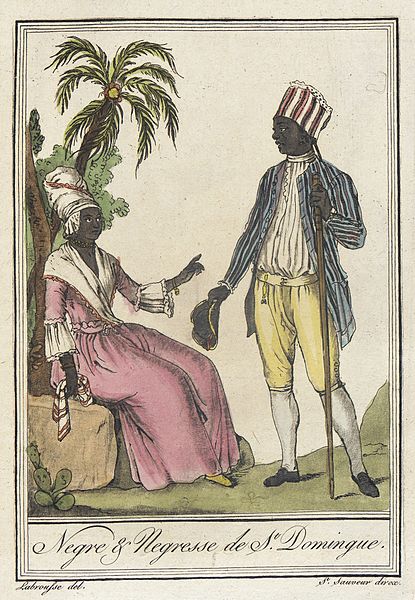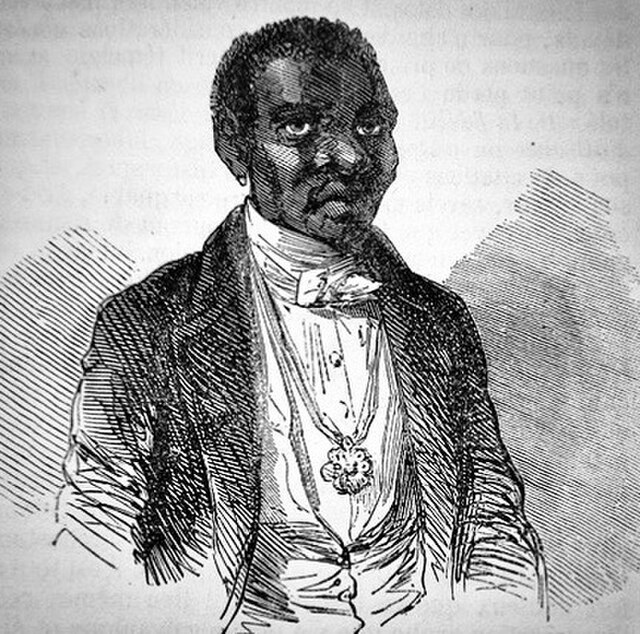Cap-Haïtien, typically spelled Cape Haitien in English and often locally referred to as Le Cap, Okap or Au Cap, is a commune of about 274,000 people on the north coast of Haiti and capital of the department of Nord. Previously named Cap‑Français and Cap‑Henri during the rule of Henri I, it was historically nicknamed the Paris of the Antilles, because of its wealth and sophistication, expressed through its architecture and artistic life. It was an important city during the colonial period, serving as the capital of the French Colony of Saint-Domingue from the city's formal foundation in 1711 until 1770 when the capital was moved to Port-au-Prince. After the Haitian Revolution, it became the capital of the Kingdom of Haiti under King Henri I until 1820.
Skyline of Cap-Haïtien
The well-preserved Cathedral Notre-Dame of Cap‑Haïtien
A street scene in Cap‑Haïtien
Engraving of Cap-Français in 1728
Haitian Creole, or simply Creole, is a French-based creole language spoken by 10 to 12 million people worldwide, and is one of the two official languages of Haiti, where it is the native language of the vast majority of the population. Northern, Central, and Southern dialects are the three main dialects of Haitian Creole. The Northern dialect is predominantly spoken in Cap-Haïtien, Central is spoken in Port-au-Prince, and Southern in the Cayes area.
A rich Creole planter of Saint-Domingue with his wife
A Haitian planter
Haitian Creole display at a car rental counter in the Northwest Florida Beaches International Airport (2014).
A CDC-sponsored poster about the COVID-19 prevention in Haitian Creole.








